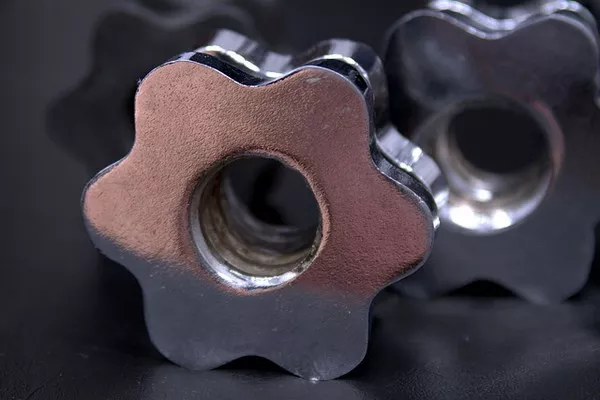In the realm of numismatics, the allure of historic currency transcends mere monetary value, encompassing elements of history, rarity, and collectibility. The 1957 Silver Certificate Dollar stands as a tangible relic of America’s monetary past, evoking fascination among collectors and investors alike. In this comprehensive guide, we delve into the multifaceted dimensions of the 1957 Silver Certificate Dollar, exploring its valuation, historical significance, collectibility factors, market trends, buying and selling tips, authentication methods, preservation techniques, and common FAQs.
Current Valuation
As of now, the value of a 1957 Silver Certificate Dollar varies depending on its condition, rarity, and series. In general, circulated examples of the 1957 series typically command prices ranging from $1.25 to $3.50, while uncirculated specimens may fetch higher premiums, ranging from $5 to $20 or more. However, it’s essential to consult reputable sources such as numismatic publications, online marketplaces, or certified coin dealers for the most accurate and up-to-date pricing information.
Condition Grading
The condition of a 1957 Silver Certificate Dollar significantly influences its value. Numismatists employ a standardized grading scale to assess the state of paper currency, ranging from Poor (P) to Gem Uncirculated (GEM). The grading criteria consider factors such as creases, folds, tears, stains, and overall preservation. A well-preserved specimen graded as Uncirculated (UNC) or above will typically command a premium compared to circulated counterparts.
Rarity and Series
The 1957 Silver Certificate Dollar comprises various series, including 1957, 1957A, and 1957B, each bearing distinct characteristics and production quantities. Additionally, star notes—denoted by a star symbol preceding the serial number—represent replacements for defective or damaged bills. Generally, star notes and lower production series tend to be more coveted among collectors, thus commanding higher premiums.
Historical Context
The 1957 Silver Certificate Dollar holds a significant place in American monetary history. Issued during a period of transition from silver certificates to Federal Reserve Notes, these certificates represented a promise by the United States government to redeem them in silver upon demand. However, with the gradual phasing out of silver-backed currency, these certificates ceased to be redeemable for silver in 1968, marking the end of an era in American currency.
Collectibility Factors
Several factors contribute to the collectibility and value of 1957 Silver Certificate Dollars. These include rarity, condition, historical significance, printing errors, serial number patterns, and aesthetic appeal. Additionally, certificates bearing notable signatures or printing variations may garner increased interest among collectors.
Market Trends
The market for 1957 Silver Certificate Dollars is influenced by various factors, including collector demand, economic conditions, and numismatic trends. In recent years, there has been a growing interest in vintage currency among collectors and investors, driving up prices for rare and well-preserved specimens. However, market fluctuations and changing collector preferences can impact the value of these certificates over time.
Buying and Selling Tips
When buying or selling 1957 Silver Certificate Dollars, it’s crucial to conduct thorough research and deal with reputable sellers or dealers. Numismatic publications, online marketplaces, and certified coin dealers can serve as valuable resources for pricing information and authentication. Additionally, attending numismatic conventions or joining collector forums can provide insights and networking opportunities within the hobbyist community.
Authentication and Fraud Prevention
To authenticate 1957 Silver Certificate Dollars, collectors and dealers utilize various methods, including visual inspection, ultraviolet light examination, watermark detection, and certification by third-party grading services. It’s essential to be vigilant against common frauds, such as counterfeit currency, altered specimens, and misrepresented grades. Consulting with experienced numismatists or utilizing professional authentication services can help mitigate the risk of fraud.
Preservation Tips
Proper preservation is essential for maintaining the condition and value of 1957 Silver Certificate Dollars. Store certificates in archival-quality holders or sleeves to protect them from environmental factors such as light, moisture, and temperature fluctuations. Avoid handling currency excessively and refrain from using adhesive materials or cleaning solutions, as these can damage the paper and diminish its value over time.
FAQs
Are 1957 Silver Certificate Dollars still legal tender?
No, these certificates are no longer redeemable for silver or legal tender status.
What are star notes, and why are they valuable?
Star notes are replacement notes issued by the Bureau of Engraving and Printing to replace defective or damaged bills during production. They are often sought after by collectors due to their relative rarity.
Can I spend a 1957 Silver Certificate Dollar?
While these certificates are no longer redeemable for silver, they hold value as collectible items and are not intended for circulation.
Where can I buy or sell 1957 Silver Certificate Dollars?
Reputable sources for buying and selling include certified coin dealers, numismatic auctions, online marketplaces, and collector forums.
How can I tell if my 1957 Silver Certificate Dollar is authentic?
Look for security features such as watermarks, security threads, and microprinting, and consider seeking professional authentication from a reputable grading service.
See Also Gold as a Hedge in Economic Recessions: Myth or Reality?
In conclusion, the 1957 Silver Certificate Dollar transcends its monetary value, embodying a tangible link to America’s monetary heritage and captivating collectors with its historical significance and aesthetic appeal. By understanding the factors influencing its value, adopting prudent buying and selling practices, and preserving its condition for posterity, enthusiasts can partake in the enduring legacy of numismatics.


